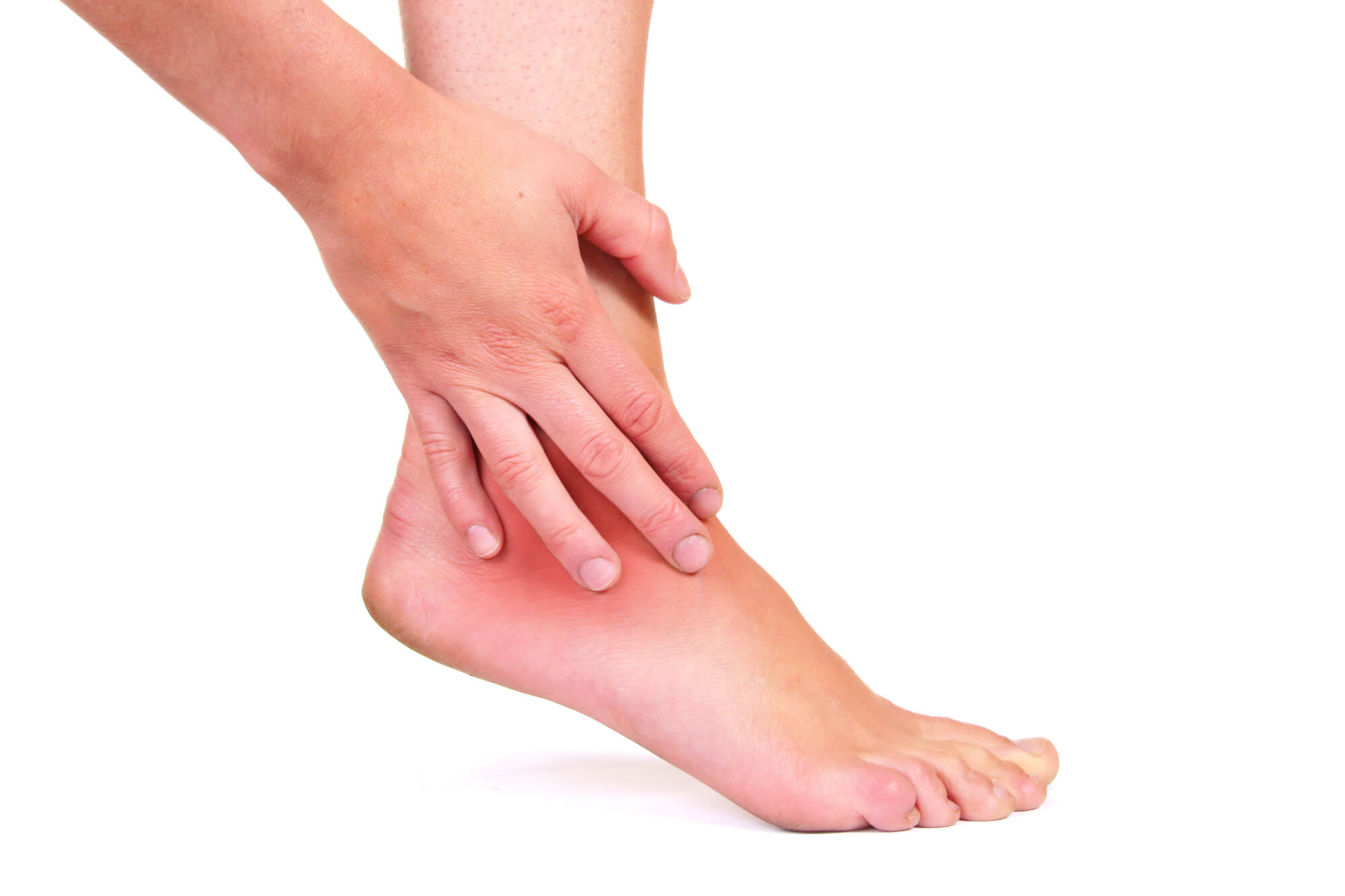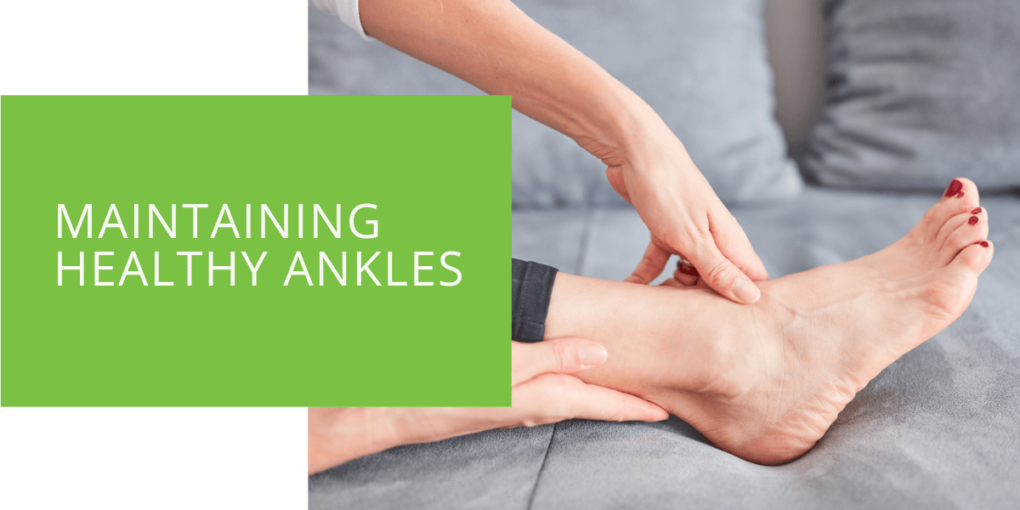Maintaining Healthy Ankles: Tips from Podiatrists
Maintaining healthy ankles is an essential part of overall foot health and mobility. Ankle injuries can cause significant pain and discomfort, limiting your ability to participate in physical activities or even perform everyday tasks. Whether you're an athlete or simply looking to prevent injury, you can follow many tips and strategies to keep your ankles healthy and pain-free. In this article, we'll explore tips from podiatrists on maintaining healthy ankles, including proper footwear, exercise and stretching, and preventative measures to avoid injury. We'll also discuss common causes of ankle problems and treatment options available to manage ankle pain and discomfort.
Common Causes of Ankle Problems
Various factors, including injury, overuse, and genetics, can cause ankle problems. Here are some of the most common causes of ankle problems, along with specific details on each condition:
Sprains and Strains
Ankle sprains and strains are common injuries caused by twisting or rolling the ankle, tripping, or falling. These injuries can cause significant pain, swelling, and bruising and can also limit your ability to walk or engage in physical activity. A sprain or strain symptoms include pain, swelling, bruising, and difficulty putting weight on the affected ankle.
Treatment options for sprains and strains include rest, ice, compression, elevation (RICE), pain medication, and physical therapy. Surgery may be required to repair torn ligaments or tendons in severe cases.
Arthritis
Arthritis is a common cause of ankle pain and discomfort, particularly in older adults. Arthritis occurs when the joints in the ankle become inflamed, causing pain, swelling, and stiffness. Symptoms of arthritis include pain, swelling, stiffness, and a reduced range of motion in the ankle joint.
Treatment options for arthritis may include medication to reduce inflammation and pain, physical therapy, and orthotic devices such as braces or shoe inserts. Surgery may sometimes be necessary to replace damaged joint tissue or realign the joint.

Tendinitis
Tendinitis is when the tendons in the ankle become inflamed or irritated. This can cause pain, swelling, and discomfort, particularly when walking or engaging in physical activity. Symptoms of tendinitis include pain, swelling, and tenderness around the affected tendon.
Treatment options for tendinitis may include rest, ice, compression, elevation (RICE), anti-inflammatory medication, and physical therapy. In severe cases, surgery may be necessary to repair a ruptured or torn tendon.
Tips for Maintaining Healthy Ankles
Here are some tips from podiatrists on how to keep your ankles healthy and prevent injury:
Wear Proper Footwear
Wearing proper footwear is essential for maintaining healthy ankles. Your shoes should provide adequate support and cushioning to absorb the impact of your movements. Athletic shoes are particularly important for those who engage in sports or other physical activities, as they are designed to provide additional support and reduce the risk of injury.
Exercise and Stretching
Exercise and stretching are essential for maintaining healthy ankles. Regular exercise can help strengthen the muscles and tendons in your ankles, reducing the risk of injury. Stretching can also help improve flexibility and reduce the risk of ankle sprains and strains.
Avoid Ankle Injuries
Avoiding ankle injuries is an important part of maintaining healthy ankles. Be mindful of your movements and avoid activities that put undue stress on your ankles, such as jumping or running on hard surfaces. If you engage in sports or other physical activities, warm up properly and use the proper technique to reduce the risk of injury.

Schedule an Appointment with a Podiatrist
If you are experiencing ankle pain, swelling, or discomfort, scheduling an appointment with a podiatrist is important. A podiatrist can diagnose the cause of your symptoms and recommend appropriate treatment options, such as physical therapy, medication, or surgery.
Treat Injuries Promptly
If you experience an ankle injury, it's important to treat it promptly to reduce the risk of further damage. Resting, elevating, and icing the affected area can help reduce swelling and pain. In some cases, a podiatrist may recommend immobilization or physical therapy to help manage the symptoms of an ankle injury.
Conclusion
Maintaining healthy ankles is crucial to overall foot health and mobility. By following the tips outlined in this article, such as wearing proper footwear, exercising regularly, and seeking professional care when necessary, you can reduce your risk of ankle injuries and keep your ankles healthy and pain-free. By taking good care of your ankles, you can ensure that you can enjoy your favorite activities and maintain your quality of life for years to come.

